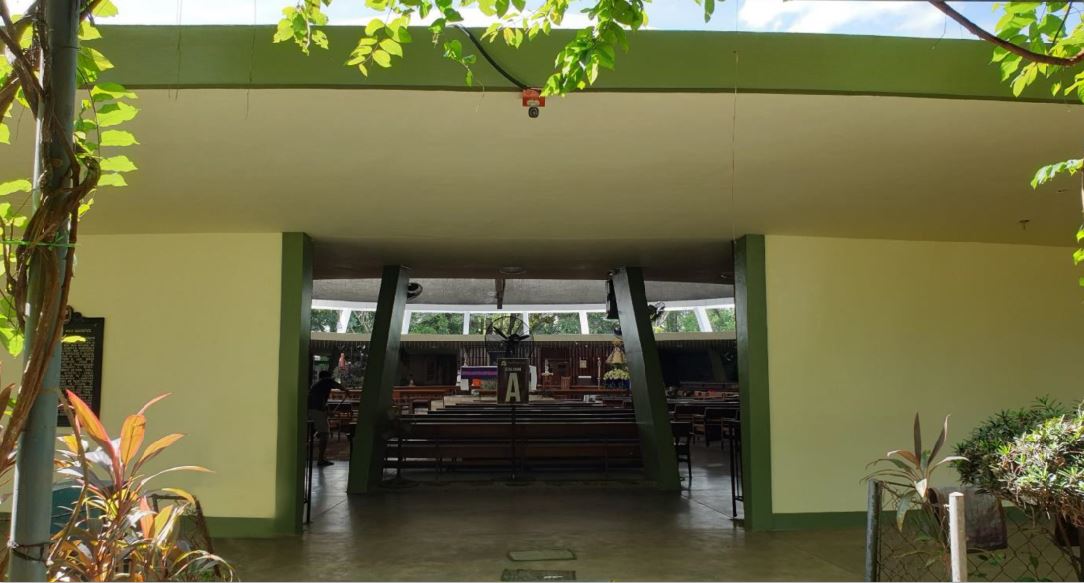One of the many things I learned during my residency here at THD now for over a year, are Yiddish words I have never heard before. THD have a few residents whose parents and grandparents spoke Yiddish, so they know Yiddish. During our conversation at Bridge Games, I would hear a Yiddish word I have never heard before, thus aroused my curiosity and this posting.
In the bottom of the page are twenty-two popular yiddish words most of you probably already know. Here are six examples.
Bissel (bisl)— A little bit, as in “I just want to eat a bissel right now.”
Bubbe (bubby) — Grandmother
Chutzpah —Nerve, extreme arrogance, brazen presumption, confidence, as in “It took real for him to ask for a raise when he kept showing up late for every appointment.”
— To pray
Klutz — A clumsy person
Kvell — To experience pride in someone else, typically one’s children, as in “David decided to go into oncology, and I’m just kvelling.”
I have used chutzpah and klutz in my blogs, but not too often.
For the remaining 18 other words visit the website below:
https://www.myjewishlearning.com/article/yiddish-words/
Here are some more yiddish words worth knowing (using the colloquial translation, not the literal).
- zei gesundt == for your good health
- mazel tov == congratulations (technically this is a Hebrew phrase, not yiddish)
- schlep == lug around
- schep nachas == derive a sense of pride in someone else's accomplishment
- mentchlichkeit == personal refinement, dignity, chivalry
- oy gevalt == oh great! (usually in the negative -- as in oh terrible.)
- chutzpah == nerve or brazen and unbecomingly bold behavior
- kibitz, schmooz == chatyente == talkative woman, gossip
- nosh == to graze or eat, junk food
- chotchkes == kniknaks
- tuchas == rear end
- tzoros == problems, anxiety
- shpiel == a play, skit, or act.
- shnohr == beg, mooch
- kvetch == complain
- gornish == nothing
- bissle, kliene == little, small
- scheine == pretty
Yiddish is very expressive language full of colorful and cultural idioms, mainly those from a time mostly lost. It is a language pidgin that is derived from German and Hebrew -- and depending on the style might also have influences of Polish, Lithuanian, and Aramaic.






























